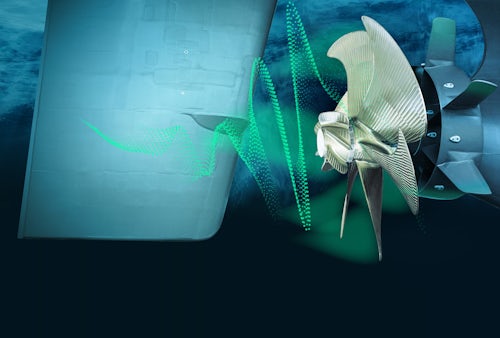This paper addresses correlation for a PCB Power Delivery Network (PDN) against decoupling simulations performed with HyperLynx PI. We correlate the frequency-domain behavior of a DDR4 1.2V power rail, with the goal of ensuring a maximum target PDN impedance across a specific frequency range. Even though DDR4 is commonly considered a mainstream technology, many engineers are still struggling to implement reliable interfaces that operate at maximum speed.
Key advantages of performing DDR4 PDN simulations
DDR4 PDN simulation also offers three key advantages:
- All circuit nodes are controllable and observable. This is not the case with physical prototypes and can make debugging difficult.
- Observing circuit behavior does not disturb the circuit. Physical measurement always introduces parasitics, like probe capacitance, which alter the behavior of the system, as predicted by quantum theory.
- Observation of circuit behavior is ideal; for example, simulation results are not limited by probe bandwidth.
What you will learn
- Introduction to the PCB components used and the corresponding electrical characteristics which are important for simulation and measurement.
- How simulation is used to determine proper capacitor locations and values. It also gives recommendations to configure the software properly.
- Details of the process used to assemble test boards.
- Measurement methods and best practices used to guarantee good accuracy.
- Filtering methods used to mitigate measurement noise to improve the fit between simulation and measurements.
- The results, providing recommendations that allow readers to perform similar measurements themselves.
Learn more about HyperLynx DDRx Interface Design.


